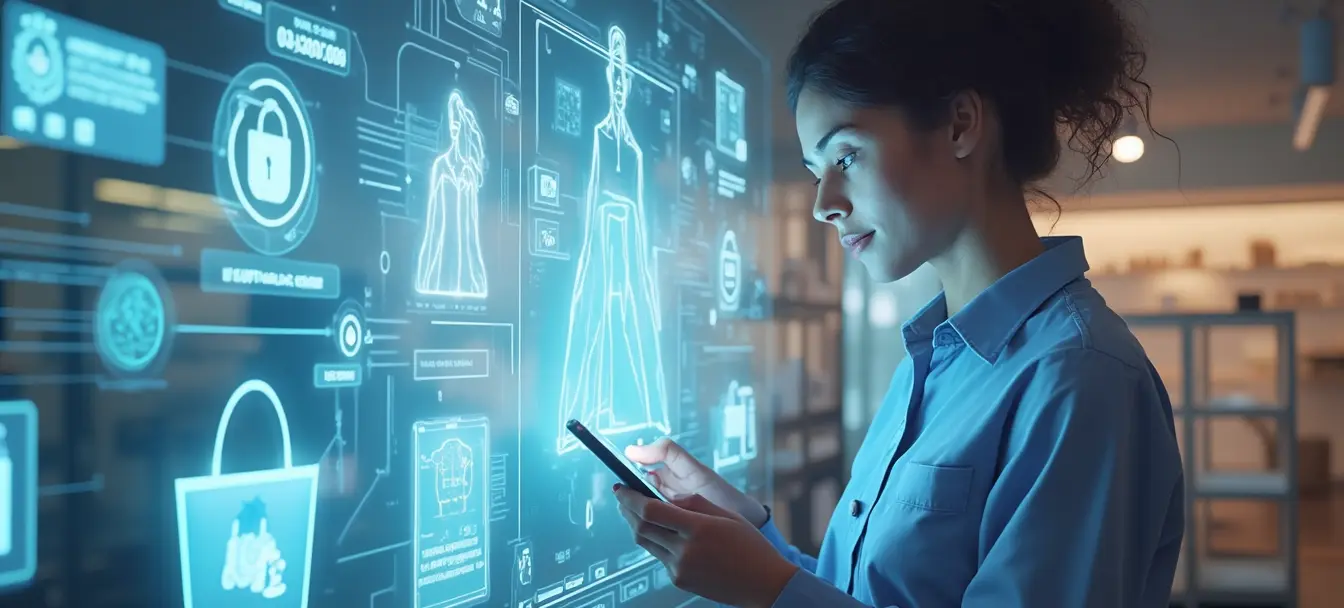Published: August 27, 2025 | Last updated: August 27, 2025
This Is What E-commerce Shoppers Expect from Customer Service – Are You Meeting These Demands?
Good customer service in e-commerce is no longer a bonus – it's a cornerstone of success. Customers expect fast, effective, and personalized communication as well as integration with modern technologies. If your online store doesn't provide that, it risks losing not only customers but also its reputation.
Customer service in an online store is no longer just about handling complaints. It's an entire system of customer interaction that begins before the sale and often continues long after the transaction is completed. In this guide, we’ll show you exactly what modern consumers expect and how you can raise the level of your customer support to build customer loyalty and gain a competitive edge.
You’ll learn, among other things, how to use artificial intelligence and automation in daily communication, how to optimize your store’s UX, why response time is so important, and how personalization increases conversion and brand loyalty.
This is a practical guide for SMEs operating in online retail both in Poland and internationally – featuring ready-made solutions tailored to various markets' realities.
Table of Contents
- Why Does a Positive Shopping Experience Matter?
- How to Effectively Solve Customer Issues?
- Response Time – A Key Element of Customer Service?
- The Role of Artificial Intelligence in E-commerce Customer Service
- Personalizing the Shopping Experience – How to Do It Right?
- FAQ – Customer Service in E-commerce
- Customer Service in E-commerce: Key Takeaways
- 83% of customers expect a response within 24 hours – automation and AI are indispensable here.
- 71% of consumers desire personalization when interacting with a brand – knowing the customer and their history is key.
- Positive shopping experiences drive loyalty – store UX and quality support matter just as much as pricing.
- Automation and smart service not only boost efficiency but also strengthen relationships.
Why Does a Positive Shopping Experience Matter?
The shopping experience in e-commerce starts long before clicking the “buy now” button and doesn’t end at payment confirmation. It covers the entire interaction process between the customer and your brand – from the first website visit to shipping and even after-sales support.
According to the Gemius E-commerce Poland 2024 report, positive past experiences are a key non-price factor in choosing a store. As many as 67% of buyers return to e-shops simply because they felt good there before.
How to Create a Positive Shopping Experience?
Here are key elements of your online store’s UX that enhance customer satisfaction:
- Intuitive navigation – the purchasing path must be simple and free of obstacles.
- Responsiveness – the website must work flawlessly on both desktop and mobile devices.
- Easy contact options – offering multiple channels (chat, email, phone, messengers) builds trust.
- After-sales support – speedy handling of complaints or questions fosters lasting relationships.
Remember: customers expect ease, speed, and comfort. A polished store UX, efficient live chat, and a seamless return process really make a difference.
How to Effectively Solve Customer Issues?
According to the Marketplace Shopping Behavior Report 2025, 50% of consumers consider effective problem-solving the most important factor in customer service satisfaction. That means: no dodging responsibility, no vagueness, and quick action.
How to Improve Service Effectiveness?
- Clear task delegation within the customer service team – everyone should know what they’re responsible for.
- Access to customer data and purchase history – this is critical to resolving issues swiftly.
- Consistent internal communication – lack of coordination between teams causes delays and confusion.
Your response standards should be uniform across all channels – whether it’s email, form, chat, or social media. Use response scripts for common issues, but always leave room for empathy and customization.
Response Time – A Key Element of Customer Service?
In the same report, 49% of customers indicated fast responses as a key factor in good service. Long wait times lead to frustration and cart abandonment.
How to Reduce Response Time?
This is where automation technologies come in:
- Autoresponders – reply immediately upon receiving a message, customized to the context and channel.
- Ticketing systems – allow you to filter and assign inquiries to the right department/expert.
- AI-powered bots – handle repetitive queries (returns, order status) 24/7.
With automation, you can not only reduce handling time but also minimize human error and provide customers with constant access to information.
Convenient payment processing? Check out payment solutions from Przelewy24
The Role of Artificial Intelligence in E-commerce Customer Service
According to a report by Capgemini, 70% of consumers expect AI to be used to improve their shopping experience. Interestingly, 58% have abandoned traditional search in favor of AI tools like ChatGPT.
How Does AI Support E-commerce?
- Intelligent chatbot – capable of natural language responses and handling multi-step conversations.
- Recommendation engine – analyzes shopping behavior and suggests relevant products.
- Content personalization – dynamically customizes banners, newsletters, and offers for individual users.
AI in customer service means lower costs, higher efficiency, and a better user experience. Choose tools that integrate with your ecosystem and comply with local data protection regulations.
Personalizing the Shopping Experience – How to Do It Right?
According to research by McKinsey, 71% of consumers expect personalized shopping, and 76% feel frustrated when it’s missing.
Key Personalization Techniques
- Purchase and conversation history – helps customer service step into the customer’s shoes.
- Segment-based dynamic email marketing – send offers that genuinely interest each recipient.
- Contextual recommendations – products related to the customer's latest order
Personalization increases customer loyalty, boosts conversion, and lowers cart abandonment. In e-commerce, knowing the customer is a competitive advantage you can turn into profit.
FAQ – Customer Service in E-commerce
1. What communication channels work best for customer service?
Omnichannel support works best – chat, email, phone, social media. Live chat is currently the most popular.
2. How quickly should we respond to customers?
Preferably within a few hours. Response times longer than 24 hours significantly lower satisfaction.
3. Is automation enough to handle customer service well?
Automation helps but doesn’t replace empathy. Combine bots for repetitive tasks with human support for more complex issues.
4. What technologies can support customer service?
AI, CRM, chatbots, ticketing systems, and omnichannel platforms like Responso or LiveChat.
5. How can customer service improve loyalty?
By focusing on experience and personalization. Customers feel valued and return not just for products but for the interaction with your brand.
Customer Service in E-commerce: Key Takeaways
Excellent customer service is now a foundation of e-commerce. Customers expect fast replies, problem resolution, positive experiences, technology (AI), and personalization. Implementing the right tools will boost your competitive advantage and help build customer loyalty.
Invest in your store’s UX, automated responses, and AI tools. Respond before your customer feels the need to send a follow-up message.
Convenient payment methods for your customers are an opportunity to grow your business.



